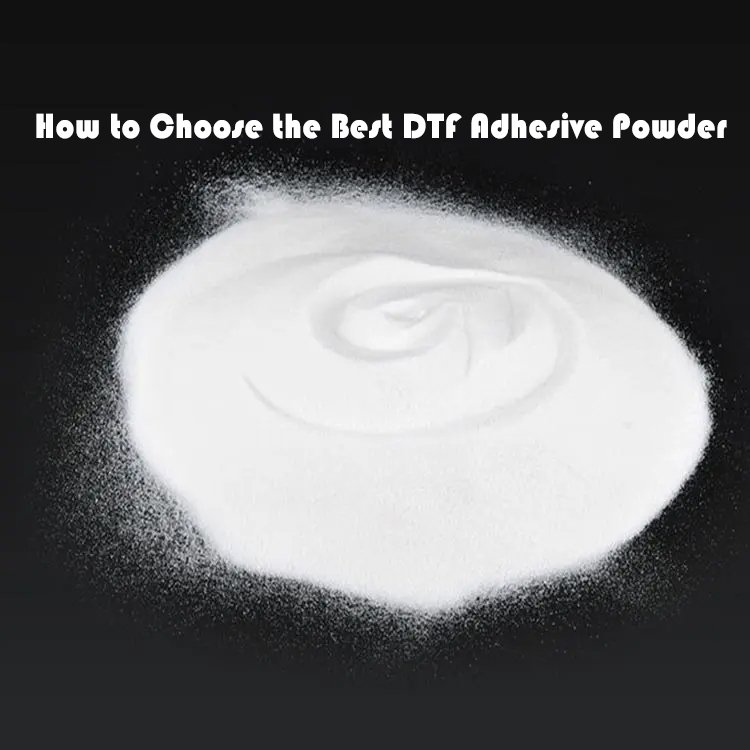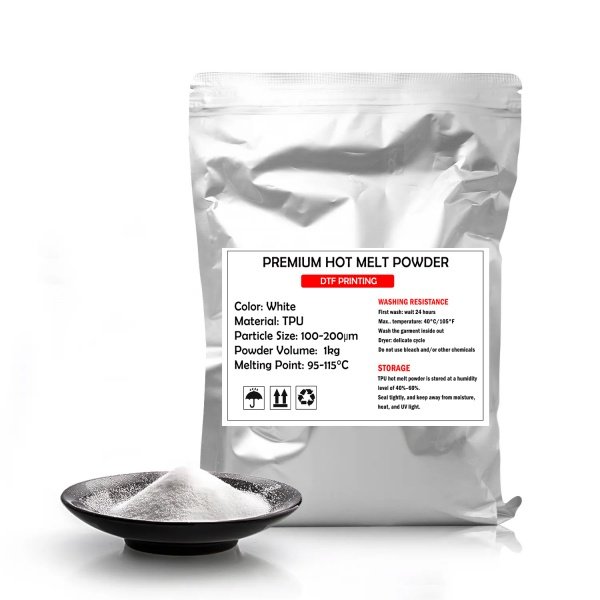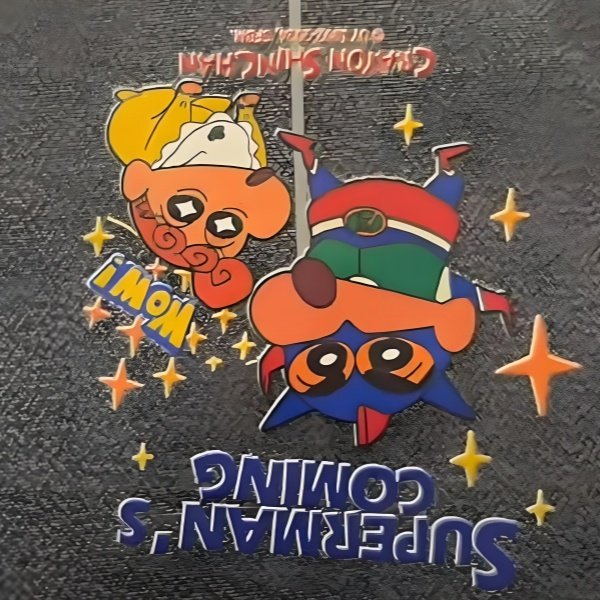1. What is DTF PET Film? (The Science Behind the Technology)
DTF (Direct-to-Film) printing films is a film that allows printing design on it, and then heat press on the garments, it involves:
- Film Structure: A 3-layer DTF PET film with:
- Release Layer: Allows clean peeling after heat pressing.
- Ink-Receptive Coating: Optimized for CMYK + white ink absorption.
- Matt Coating: The anti-static coating can effectively reduce the generation of static electricity.
- Key Advantages:
- 50% Faster Production vs. Screen Printing (2024 Textile Decorators Association report).
- 75μm Thickness Standard balances flexibility and tear resistance.
- Compatibility: Works on cotton, polyester, nylon, and blended fabrics.
Industry Insight: The global DTF film market will grow at an 18.7% CAGR through 2030 (Grand View Research), driven by demand for custom DTF transfers in small batches.
2. How to Print on DTF Transfer Foil: A Technical Deep Dive
2.1 Essential Equipment Checklist
| Equipment | Specification | Cost Range |
| DTF Printer | DTF printer with Epson printheads, we recommend 4 printheads | USD5000.00-15000.00 |
| Powder Shaker | Shaking and melting the powder | USD1000.00-3000.00 |
| DTF ink | CMYK and white pigment ink | USD13.00-30.00/KG |
| Hot Melt Powder | 100-200μm particle size | USD5.00-USD10.00/kg |
| DTF Film Rolls | Choose the size according to your printer size. Generally is 30cm x 100m and 60cm x 100m | USD26.00-40.00/roll |
| Heat press machine | Heat press the design from film to shirts | USD100.00-600.00 |
2.2 Step-by-Step DTF Printing Process
- Make the designs: Artwork Preparation
- Software: Adobe Illustrator or CorelDRAW (300–600 dpi resolution).
- Color Profile: Use ICC profiles specific to your DTF ink (e.g., Triangle InkJet ICC v2.3).
- Pro Tip: Add 2px bleed for edge-to-edge custom DTF transfers.
- Print the designs: settings Optimization
- White Ink Layer: 3 passes at 1440 dpi for opaque underbase.
- Color Layers: 2 passes at 720 dpi to conserve ink.
- Critical Note: Maintain 35–55% humidity to prevent ink pooling.
- Powder Application
- Static Charge Method: Connect the ground wire of the powder shaker.
- Density: Choose the best according to your machine.
- Powder shaking machine temp. recommend 120-138°C.
- Heat Press the Design On the TShirts
- Heat transfer the DTF prints from the DTF transfer film to clothing at 145-165°C, 30-50psi, 8-20s.
If you need more detailed application steps, check out this guide.
3. Mastering DTF Film Application: 7 Professional Techniques
3.1 Heat Press Parameters by Fabric Type
| Fabric | Temperature | Pressure | Time |
| 100% Cotton | 155°C | Medium (40psi) | 10s |
| Polyester | 150°C | Light (30psi) | 12s |
| Denim | 165°C | Heavy (50psi) | 16s |
| Nylon | 145°C | Medium (40psi) | 10s |
3.2 Advanced Methods
- Double Transfer for Longer Durability and Remove Some Excess Powder
- Heat press the design on the clothing twice.
- Hybrid DTF/Screen Printing
- Use DTF for detailed areas + screen print floodcoats.
3.3 Troubleshooting Common Issues
| Problem | Cause | Solution |
| Ink Cracking | Low adhesive powder density | Increase to 1.5g/m² |
| Dye Migration | Powder is not suitable for sublimation fabric | Use sublomation block powder |
| Edge Lifting | Incorrect peel timing | Follow fabric-specific peel protocol |
4. Why DTF Outperforms Other Technologies: Data-Driven Analysis
4.1 Cost Comparison (Per 100 Prints)
| Method | Material Cost | Labor Cost | Total |
| DTF | $18.50 | $12.00 | $30.50 |
| Screen Printing | $42.00 | $25.00 | $67.00 |
| Sublimation | $27.00 | $18.00 | $45.00 |
Source: 2024 Apparel Decoration Benchmark Report
4.2 Durability Test Results
| Test | DTF | DTG | Sublimation |
| Wash Cycles (ISO 6330) | 30+ | 25 | 25 |
| Abrasion (Martindale) | 10,000 | 8,000 | 15,000 |
| Stretch Recovery | 98% | 85% | 92% |
5. Choosing the Right DTF Film: 3 Critical Factors
- Adhesion Type:
- Permanent: For apparel (passes 30+ washes).
- Removable: For promotional items (easy peel-off).
- Roll vs. Sheets:
- DTF Film Rolls: Cost-effective for bulk custom DTF transfers (saves 20% vs. sheets).
- Sheets: Ideal for prototypes and small orders.
- Specialty Films:
- Glow-in-the-Dark: 8-hour phosphorescence.
- Color changing: Color changes at 31°C.
Case Study: Apparel brand “UrbanStitch” increased profits by 37% by switching to 24-inch DTF film rolls for hoodie production.
6. FAQs: Answering Real User Questions
6.1 “What’s the Ideal DTF Film Storage Setup?”
- 12 months: 26°C/40% RH in sealed bags and cartons.
6.2 “Can I Use DTF Transfer Films with Home Printers?”
Yes, but only with modified Epson EcoTank models (remove ink sensors + install DTF ink chips). Expect 70% lower yield vs. commercial printers.
6.3 “How to Recycle DTF Film Waste?”
- PET Layer: Send to plastic recycling (Resin ID #1).
- Ink Sludge: Requires hazardous waste disposal.
7. Future Trends: Where DTF Technology is Headed
- AI-Optimized Films: Machine learning adjusts adhesive density based on fabric scans.
- Biodegradable Films: PLA-based films decompose in 180 days (test phase).
- Integrated RFID: Track production batches via embedded chips.


